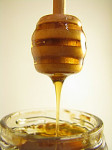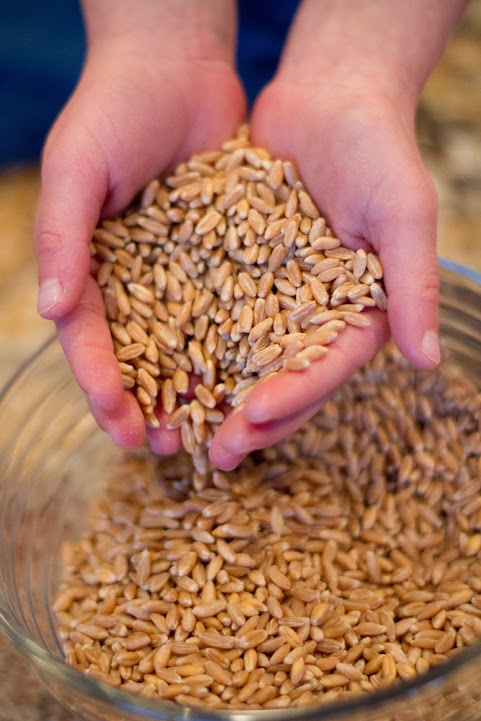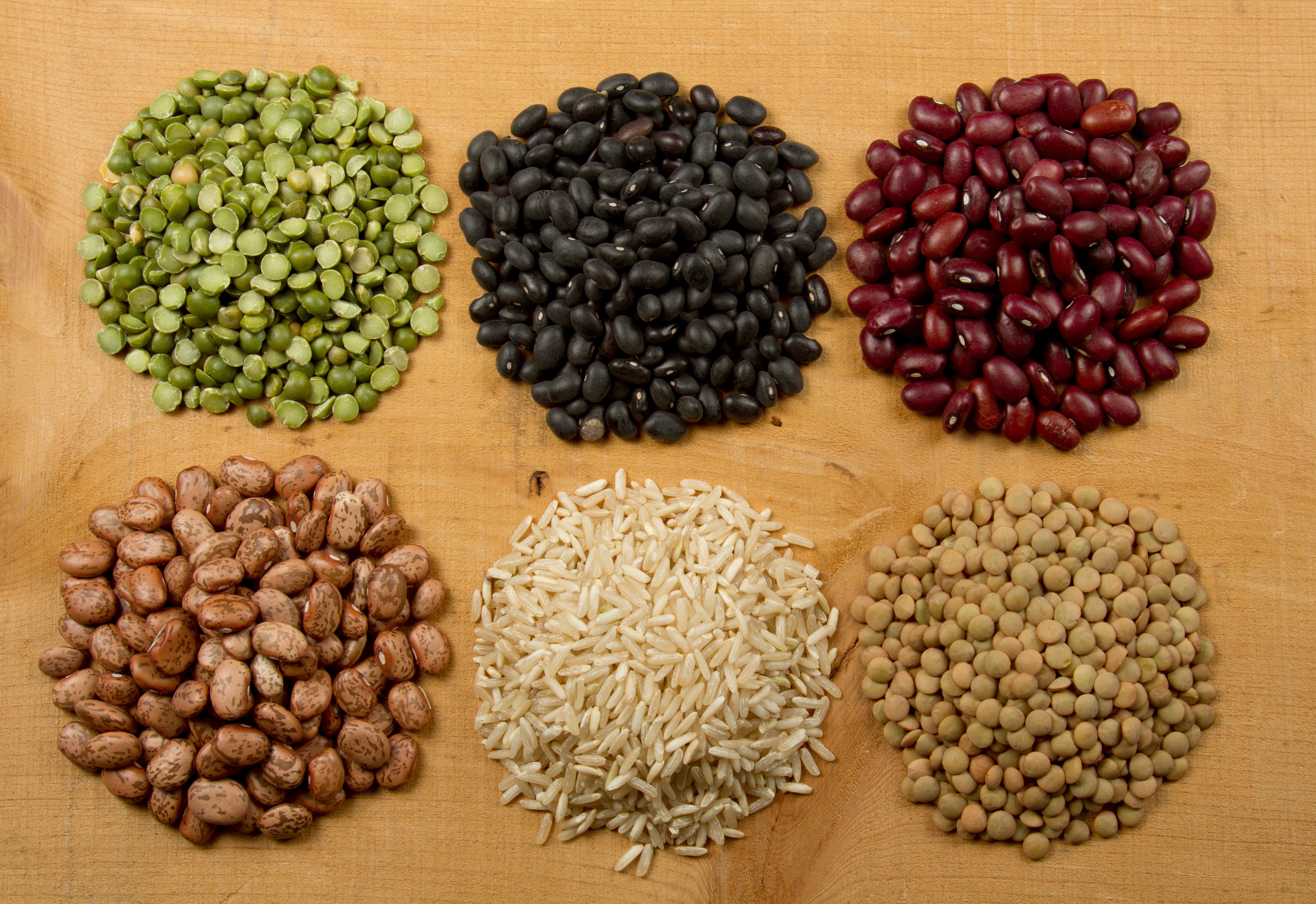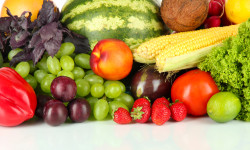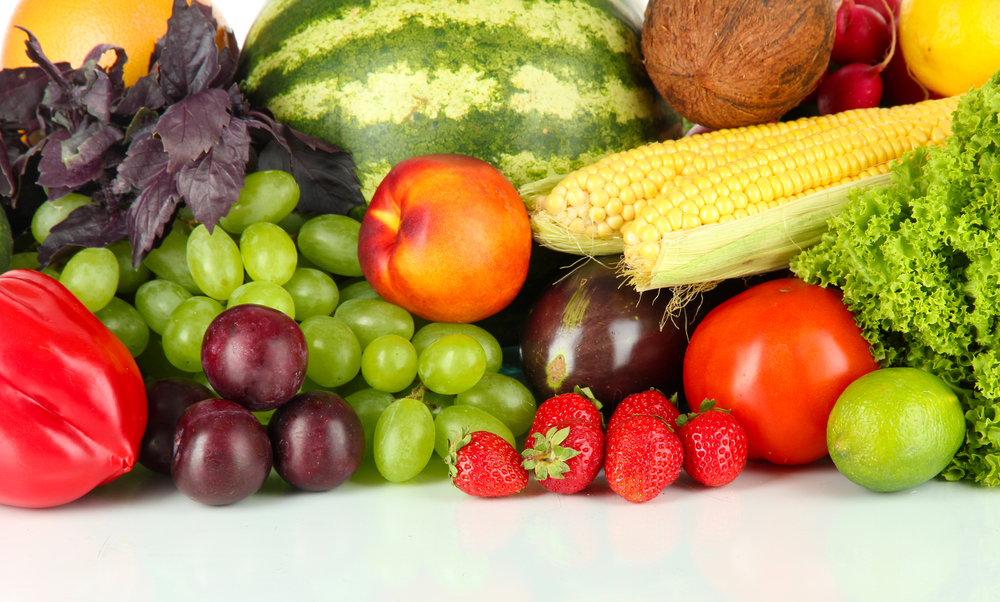
Sunshine is good for you in many ways. Obviously, we need to be cautious with the danger of skin cancer. Here are some wonderful benefits of partaking of the gift of sunshine:
1. We get a large portion of our Vitamin D from the sun. Vitamin D is essential for absorbing calcium; in essence it helps keep bone and teeth healthy.
2. Sun can boost our level of serotonin, which is a happy hormone. Mayo Clinic explains serotonin here.
3. The higher serotonin levels due to sun exposure help suppress appetite.
3. Being outside in sunshine warms your muscles which can reduce pain and stiffness.
4. A small amount of sun exposure (5 -15 minutes) unprotected can aid in later protection from sun rays.
5. Sun rays can aid in treating jaundice.
6. Sun helps the kidneys through the elimination of waste with sweating.
7. Studies have shown that lowered levels of Vitamin D can cause a rise in Cholesterol levels.
These are some pretty wonderful reasons to get outside! I have only listed a few of the many great health benefits of the sun. Remember to be cautious of the damaging effects of the sun.
My husband and I feel so proud of ourselves when we get our 15 or so minutes of sunshine!




